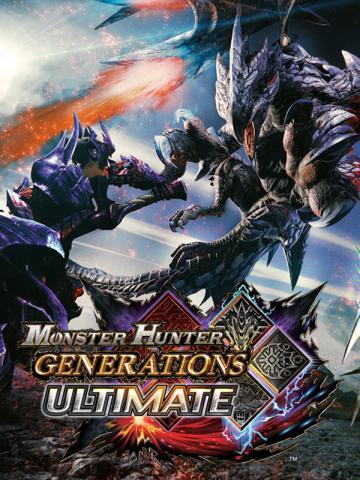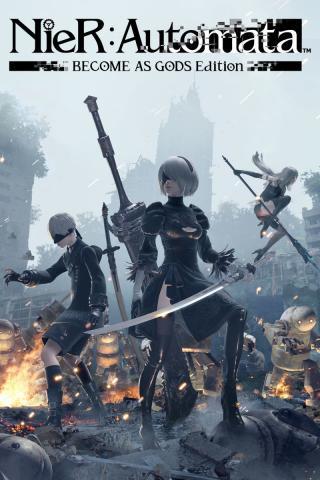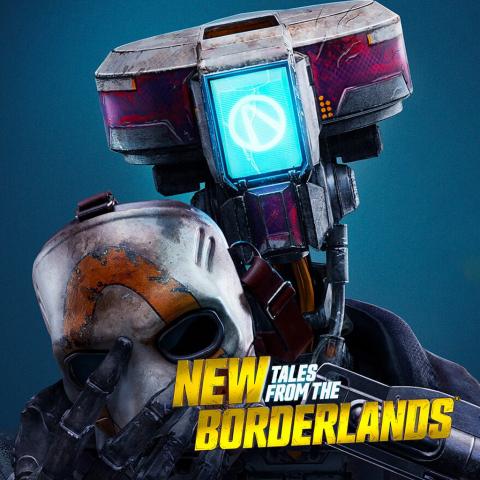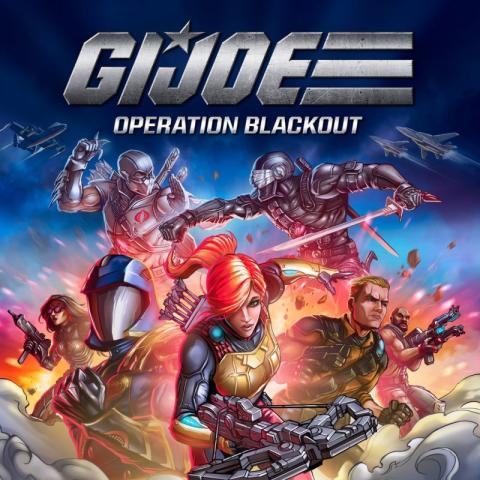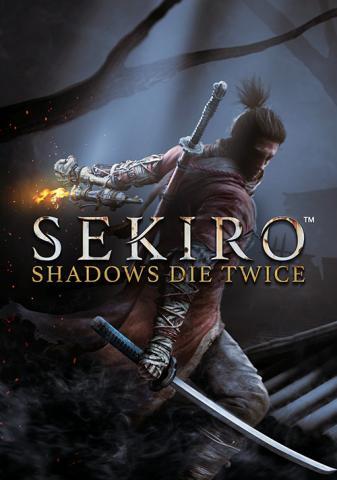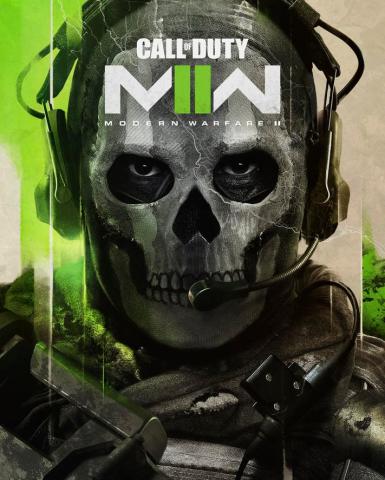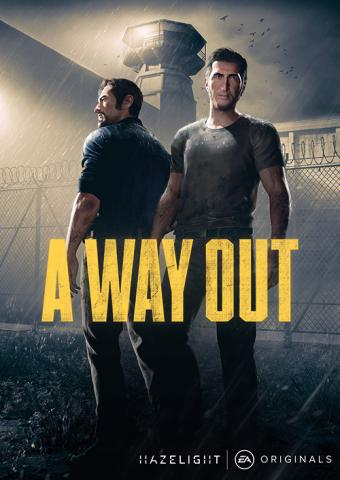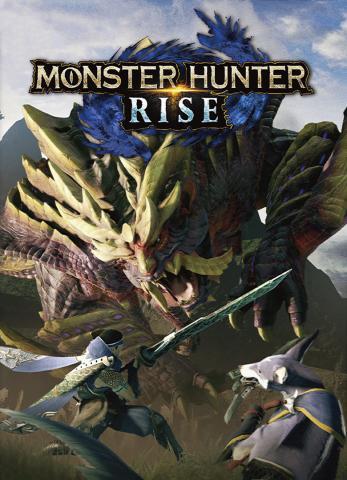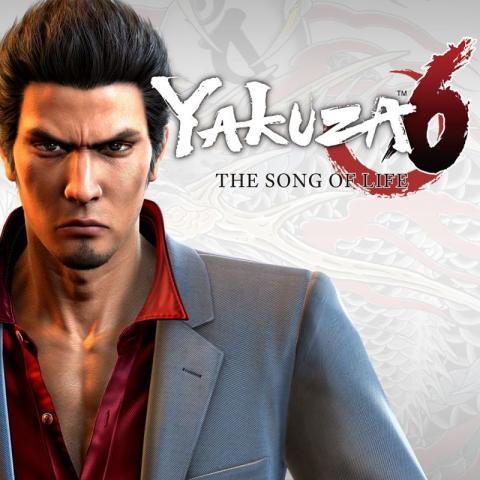Play the games you want right now. Hall of Games, rent and play any game in our catalog.
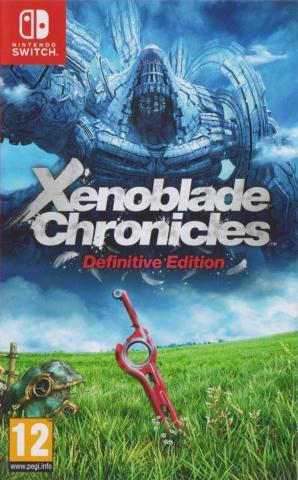
The game employs an open world design, with players able to freely navigate seamlessly interconnected environments. A day-and-night time cycle exists in the game, with the time of day often affecting in-game events, quests, enemy strengths, and item availability: for instance, stronger enemy types appear at night. While time flows automatically and a day cycle repeats about every ten minutes in real time, players can adjust the in-game clock to the desired time at any point. Additionally, while the game is about exploration, many areas, called "Landmarks" aid in traversing the land by serving as warp points, allowing the player to instantly return to that point at any time.
Battle system
Xenoblade Chronicles has a real-time action-based battle system, where the player manually moves the current lead character in real-time, and party members will "auto-attack" when enemies enter their attack radius. Manually input attacks, called "Arts", may also be performed by the player, but in a limited fashion. Battle Arts are only available after a "cool down" period that occurs after every use, while character specific "Talent Arts" only become available after enough auto-attacks are executed. Both party members and enemies have a finite amount of health points, and attacks deplete this value. Combat is won when all enemies lose their HP, but the game is lost if the player's character loses all their HP and has no means of being revived. Health may be restored by the player by using healing Arts in battle, or the player may let characters' HP regenerate automatically outside of battle. Winning battles earns the player experience points, which allows the characters to grow stronger by leveling up and learning new Arts. Arts for each character must be set by the player on their respective set up, called a "Battle Palette", outside battles.
Several other systems are present to affect the flow of battle. The "Party Gauge" slowly fills as party members successfully land hits on the enemy players, and filling the gauge allows the player to chain multiple attacks together, for extra damage. All party members have an "aggro ring" around them as well; the more actions a character performs, the larger it grows. Larger aggro rings lead enemies to focus their efforts on that respective character, leading to a strategic aspect of luring and diverting attention of enemies. Each character has a "Tension" gauge, which represents a character's morale: at its highest point, characters have a high probability of dealing a critical blow and less chance of missing an enemy. The game's "Vision" system, where main character Shulk can see glimpses of enemies' future attacks, also factors into battles. With knowledge of an enemy's potentially dangerous attack, the player can prevent it from happening by alerting a teammate, allowing the player to activate one of their Arts, or by using an Art of their own to stop the attack. The Vision system is tied to the "Party" gauge, which is filled by boosting team morale, using Arts with special effects, and avoiding or dealing critical hits. The three-tiered gauge gradually depletes outside of battle, and one tier is needed to either revive characters or alert a teammate to a vision. When all three tiers are full, the party can execute a chain attack.


